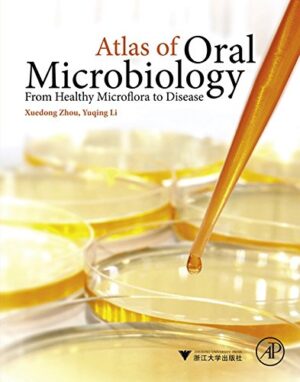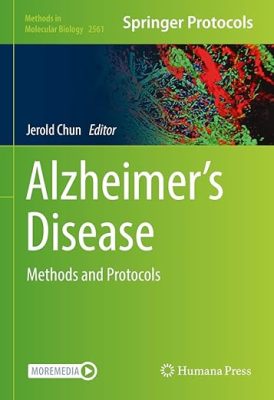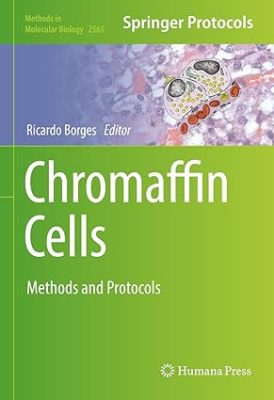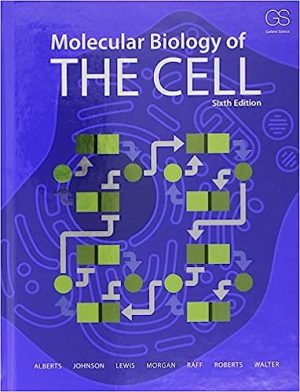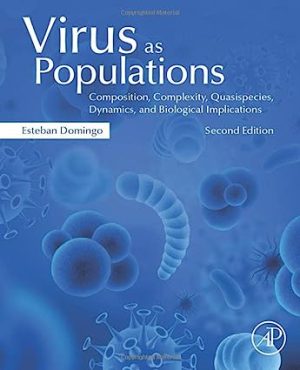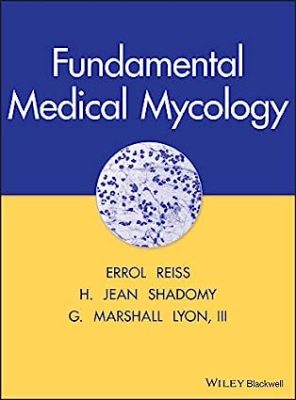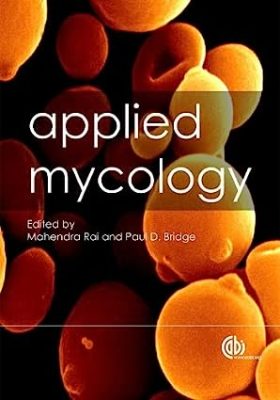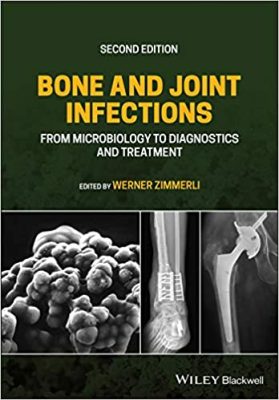8th Edition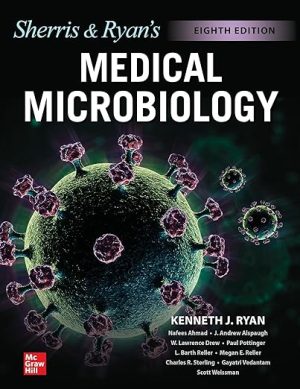
The most dynamic, comprehensive, and student-friendly text on the nature of microorganisms and the fascinating processes they employ in producing infections disease
A Doody’s Core Title for 2023!
For more than a quarter-of-a-century, this renowned text has helped readers develop a solid grasp of the significance of etiologic agents, the pathogenic processes, epidemiology, and the basis of therapy for infectious diseases. Now, with a NEW four-color design, the book is shorter and more assessable for students! Outstanding pedagogical elements are carried throughout this edition including:
- Over 400 outstanding images with hundreds of tables and illustrations
- Detailed legends under the art so the reader can better understand what’s occurring within the illustration, without having to flip back to the text
- Clinical Cases with USMLE Style Questions
- Margin Notes identifying the “high-yield” must know content in each chapter
- Bulleted Summaries that conclude each chapter
Sherris & Ryan’s Medical Microbiology, Eighth Edition is divided into five parts:
Part I opens with a chapter that explains the nature of infection and the infectious agents at the level of a general reader. The following four chapters give more detail on the immunologic, diagnostic, and epidemiologic nature of infection with minimal detail about the agents themselves.
Parts II through V form the core of the text with chapters on the major viral, bacterial, fungal, and parasitic diseases, and each begins with its own chapters on basic biology, pathogenesis, and antimicrobial agents.
Features and Learning Aids:
- 57 chapters that simply and clearly describe the strains of viruses, bacteria, fungi, and parasites that can bring about infectious diseases (plus one online only chapter)
- Explanations of host-parasite relationship, dynamics of infection, and host response
- A clinical case with USMLE-style questions concludes each chapter on the major viral, bacterial, fungal, and parasitic diseases
- Numerous full-color photographs, tables, and illustrations
- Clinical Capsules cover the essence of the disease(s) caused by major pathogens
- Chapter-ending case questions PLUS a collection of 100 practice questions
- Innovative study aids including boxed narrative Overviews that open each disease-oriented chapter or major section, highlighted Margin Notes pointing out high-yield material for USMLE Step 1 preparation, bulleted lists of Key Conclusions at the end of each major section, a THINK ➔ APPLY feature that randomly inserts thought-provoking questions into the body of the text, and more.
- A set of tables that presents the microbes in context of the clinical infections they produce
DOWNLOAD THIS MEDICAL BOOK

